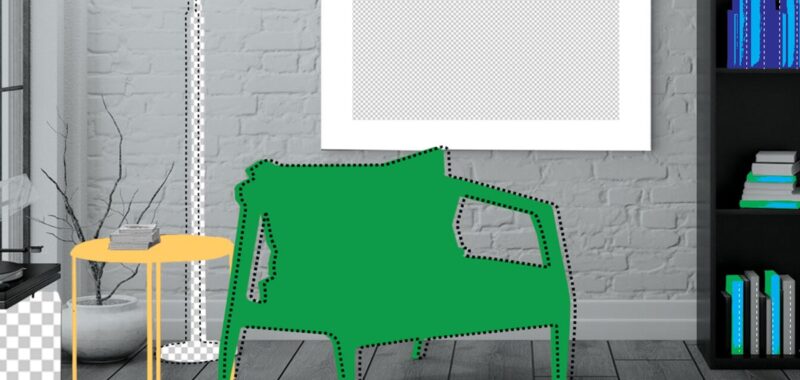And if you donât have real-life examples of your work, create them, says designer Jennifer Clapp, principal at Boston-based architecture and design firm Hacin, an AD PRO Directory member. âPhotograph palettes of beautiful materials,â she says. âMake presentation boards. Show renderings. Supplement them with conceptual images of art, nature, or fashion that are evocative of your concept or vision or style.â
When Cotter Christian, the associate dean for the School of Constructed Environments and assistant professor of interior design at Parsons School of Design, went for his first interview at a big architectural firm, he brought along drawings of an off-Broadway set heâd designed. âThatâs what we ended up talking about for the entire interview,â he says. âThink about what makes you interesting and unique.â As Hansen puts it, âFirms are hiring people, not portfolios.â So, for the most part, are clients.
Get posting.
Instagram is a great way to convey your aesthetic and style without necessarily showing your own work. âQuite a few young designers without portfolios make a name for themselves by curatingâand creditingâa gorgeous selection of architectural and design images that speak to them on Instagram,â says Torrey. Christian encourages posting pictures with captions that give insight into why youâve chosen them. âIf youâre sharing someone elseâs work, say why it inspires you and what you like about it,â he says. âIf youâre posting an image from a hotel or museum, tell followers why youâre drawn to that place.â
Once you have something to show
Build a website…
Having a digital presence is important. When Spence was starting out, she had an affluent client refer her to another affluent person. âWhen he asked if I had a website, I said I didnât, but that I could show him works in person, which I thought would be even better,â she recalls. âI didnât get the job. He felt I wasnât legitimate enough if I didnât have a website.â
A website neednât be slick or fancy, says Christianâyou can use something simple like Squarespace, Wix, or another template-based portfolio siteâbut it should be clean and easy to use.
â¦but also consider maintaining an old-school printed portfolio.
Especially, says Geoffrey Taylor, dean of the School of Building Arts at SCAD, if youâre applying for jobs with a firm. âThe iPad thing can get a little frustrating,â adds Christian. âIâm not suggesting you need a beautifully bound book, but well-printed drawings and sketches are a good idea. People still respond to touch and feel.â
Invest in great photographyâand graphic design
A talented and experienced interior photographer can help make your portfolio look professional, and perhaps guide you on the best parts of a project to showcase. âMost clients wonât be able to see your work in person,â says Marie Carson of Los Angelesâarea firm M. Elle Design. âSo your work is only as good as your photographs.â Hiring a professional stylist will also assist. âStyling is just as important as beautiful furniture in a finished space,â says Chiprut. â[It] can make a project feel like a home and highlight the personal touches that bring a space to life.â


